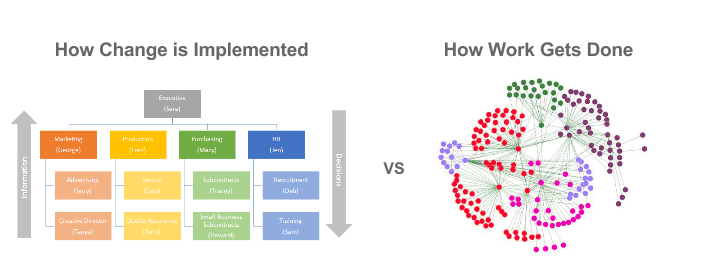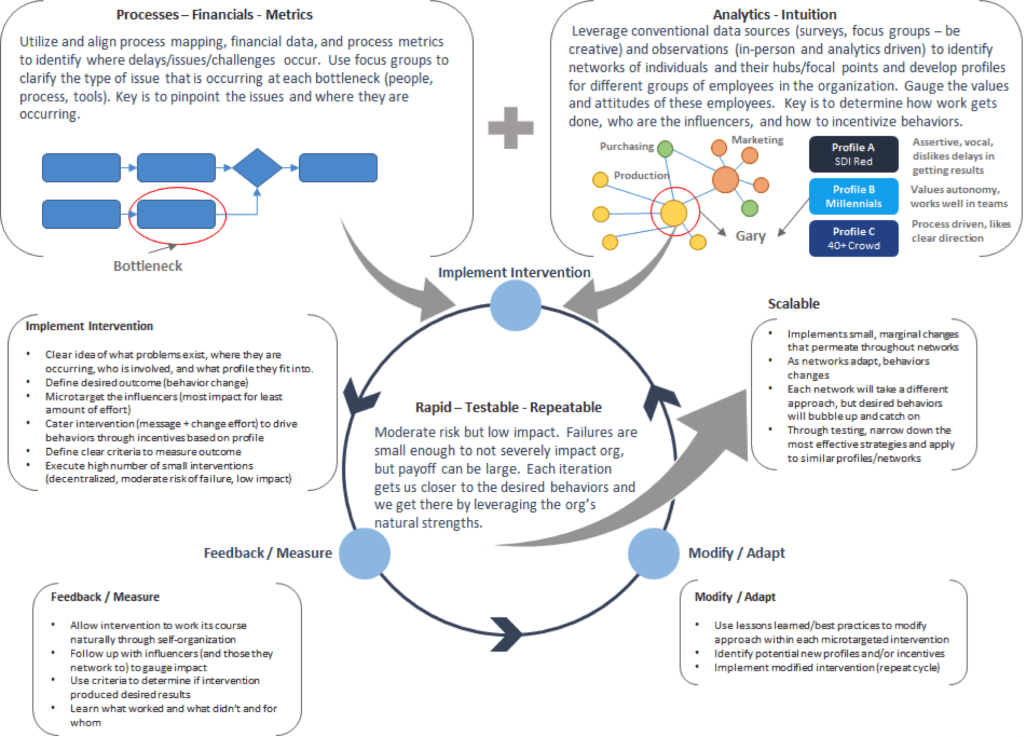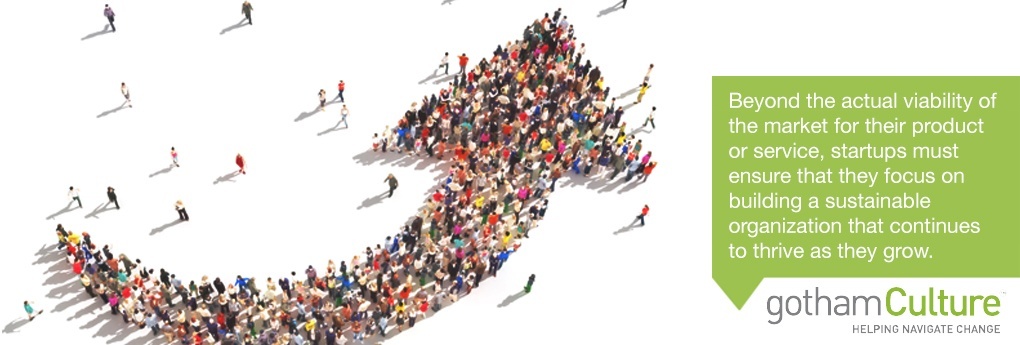I have worked in finance for over 15 years and have always made sure that I am servicing ‘the client’ to the best of my ability.In most cases, my clients are my fellow employees and the executive team.
One of the biggest issues that I have encountered over the years is that, as the financial person in the company, I am expected to make sure our employees and bills are paid and the invoices are collected, all while trying to find time somewhere in between there to bring value and visibility to the financials for the executive team. It is hard to give the 30,000 foot view when you are stuck in the weeds of your daily work.
My current role as General Manager of gothamCulture is no different:There are high-level tasks that must be completed in addition to a barrage of daily tasks and requests from our growing team.
I imagine that you, as a leader in your company, can relate.
How do you effectively manage everything on your plate in a rapidly growing company? The answer for me has always been to work smarter, not harder. With that in mind, here are 5 of my favorite productivity tips that I’ve learned over the years:
1. Outsource Your Payroll
There is absolutely no good reason why anyone should be doing their own payroll processing; even Cisco Systems, a tech 100 company, uses an outside vendor. You cannot hire someone for the cheap price that most payroll providers charge and, more importantly, you are avoiding all the liability of making a mistake on tax reporting and remittances. Leave this to the payroll experts and focus on value-add.
2. Automate What You Can
As almost any support staff knows, a lot of little tasks can all add up to one big distraction. For example, I was the Controller for one company still doing paper timecards – the process was cumbersome and took the better part of a day to validate and then enter into the payroll system. Almost immediately, I moved the company to an electronic timekeeping system, cut the process down to an hour and a half, and got that day back every other week.
The less we touch data, the faster the process and the less room for error. At gothamCulture, we use a time entry and expense system and align everything else to it.That way, there is one data entry point to monitor and validate. Everything else; payroll, invoicing, payables, and reporting, flow from that system semi-automatically and save a tremendousamount of time. Even something as simple as creating invoice templates can help – no amount of automation is too small!
Automate everything you can and get that time back for more important tasks.
3. Stick to a System
I am a world-class procrastinator, so being a finance professional presents somewhat of a dilemma for me. In response, I’ve learned to manage my daily tasks through a series of systems. I operate by my calendar, checklists and processes. I look at my calendar to see what is coming up the next day and the rest of the week (orMonday as it may be) and have links in my calendar to specific checklists and/or processes like reconciliations, journal entries, month-end prep, month-end close, AR, AP, etc.
4. Minimize Distractions
Keeping your inbox clean and no web browsing – you have heard this a million different ways, but the fact is that this is a major distraction for many people. I give myself 15 minutes in the morning to look at nytimes.com and then shut the tab. Same with email: the night before I look at items needing attention and address them in the first 1/2 hour of work. After that, it is for true emergencies only until after lunch, when I take another 1/2 to answer emails. I don’t always stay true to this schedule but have found it to help me be more productive by limiting the amount of online distractions throughout the day.
5. Keep Meetings On Point
Meetings can be a huge time suck for a company of any size. To control the amount of time we spend on them, we do a 1/2 hour standup meeting every Monday and a 1/2 hour closeout meeting every Friday for support and planning staff. These meetings are deliberately kept brief and are supposed to help the team as a whole know the workflow and see where they might be able to support the team. In addition, we hold a 1/2 hour meeting after the Monday meeting for the larger team for quick Q&A’s, operational announcements and anything else that that the entire staff needs to know. This keeps the team efficiently aligned; aware of what’s going on besides what they immediately touch, and lets them know that the support is always available.
So why do I do these productivity shortcuts? Like I said at the start of the conversation, it is all about customer support and the customer is my internal team. These shortcuts help me make the everyday ‘time sucks’ as minimal as possible, which leaves the maximum time available to support the team and analyze the finances for having meaningful discussions with the leadership.
We are a small, growing consultancy with enormous flexibility, but for someone like me that can mean I am still working after putting my kids to bed. This process helps me organize my workflow and deliver ‘true’ value-add while ensuring that I have enough down time after work and on weekends to enjoy the life that I am working so hard to earn money for in the first place!












 Starbucks is bowing to the inevitable shift to a new generation. This is a push/pull situation, in that their customers are younger, and the younger generation doesn’t view body art as any big deal. And, in most cases it is an expression of individuality – which pulls the company forward.
Starbucks is bowing to the inevitable shift to a new generation. This is a push/pull situation, in that their customers are younger, and the younger generation doesn’t view body art as any big deal. And, in most cases it is an expression of individuality – which pulls the company forward. There has definitely been a “latte” attention recently about Starbucks’ decision to allow employees to have their tattoos visible.
There has definitely been a “latte” attention recently about Starbucks’ decision to allow employees to have their tattoos visible. Starbucks is in a unique position in its industry, and the business world in general. People love it or hate it. Some people that love the coffee actually hate the business side, and the idea that they put mom and pop shops out of business. But most business people respect that Starbucks almost single-handedly built the whole idea of a new culture around coffee and people being together… again, around coffee.
Starbucks is in a unique position in its industry, and the business world in general. People love it or hate it. Some people that love the coffee actually hate the business side, and the idea that they put mom and pop shops out of business. But most business people respect that Starbucks almost single-handedly built the whole idea of a new culture around coffee and people being together… again, around coffee.